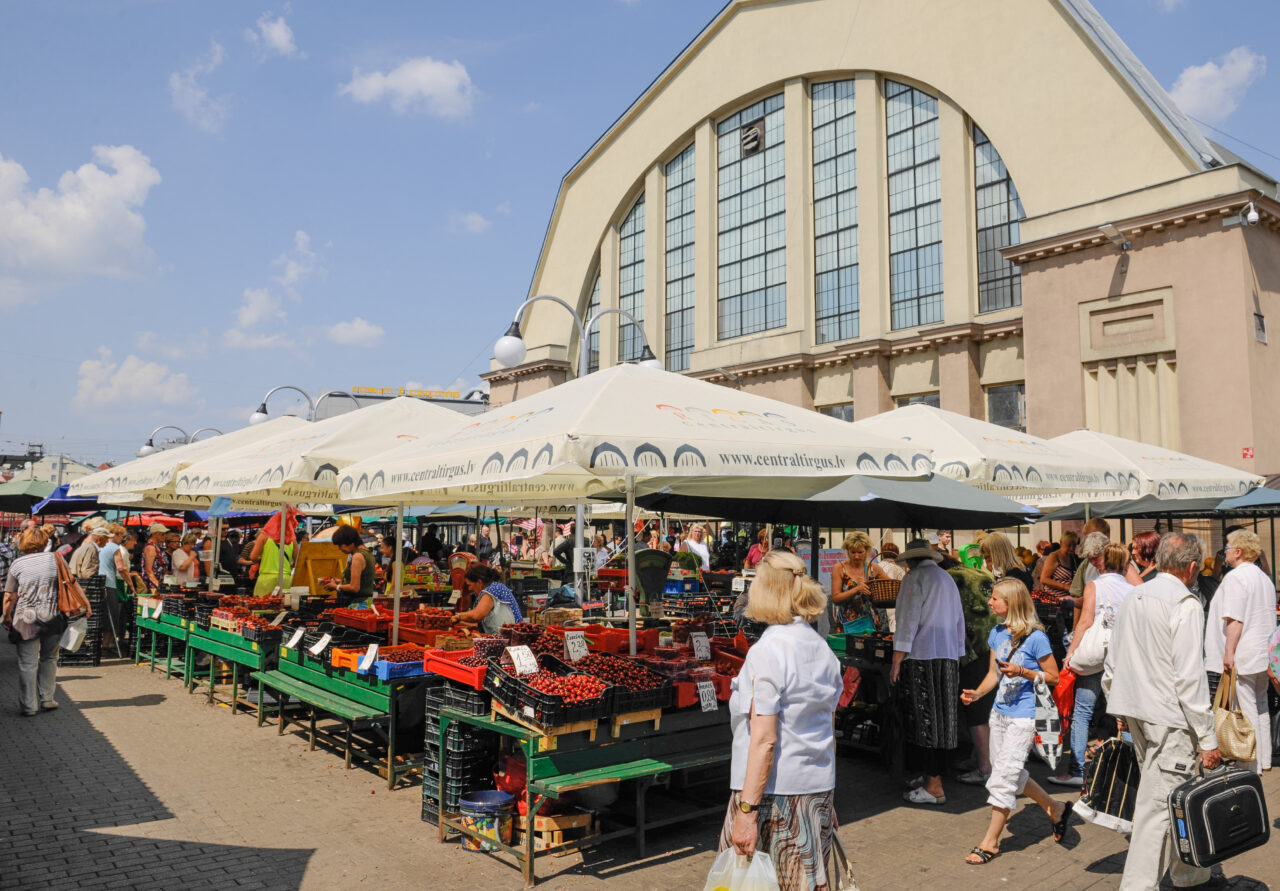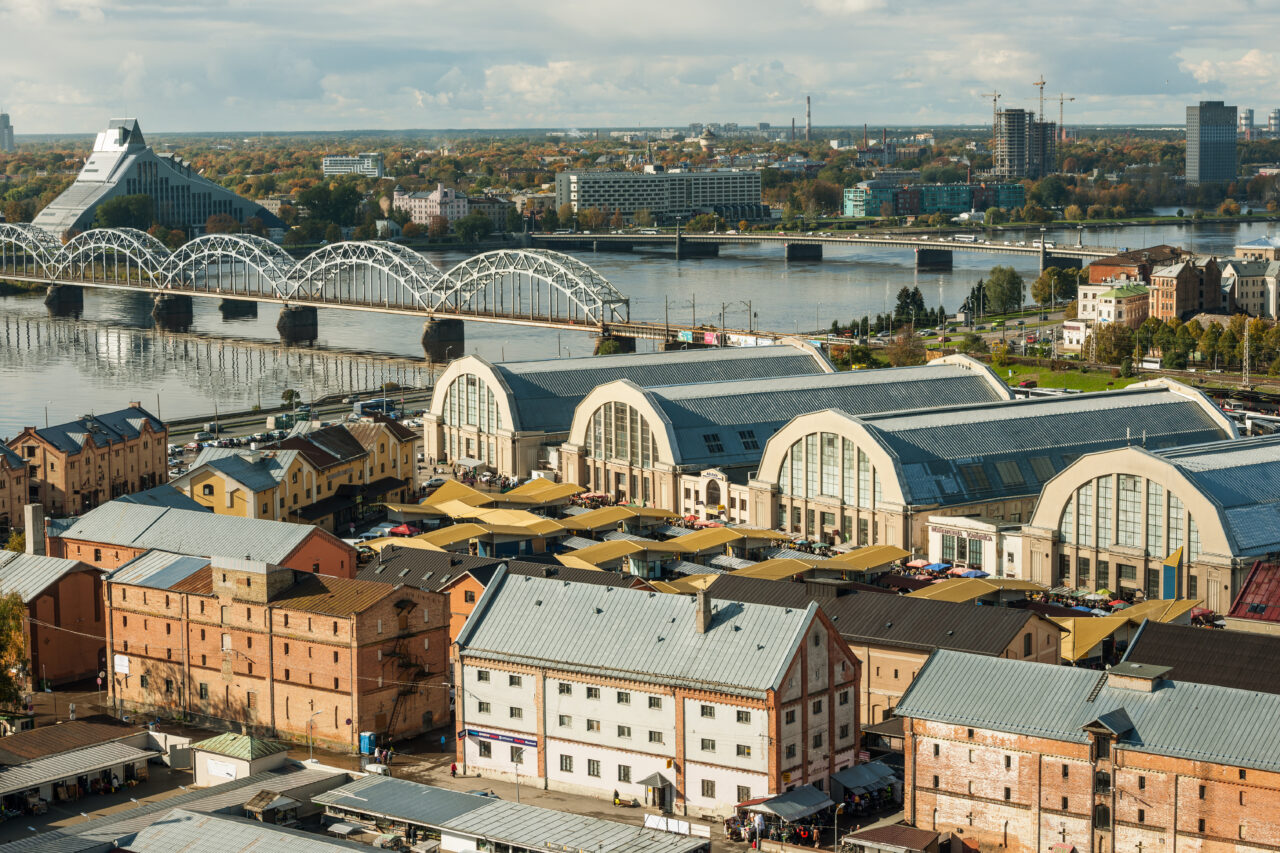Latvia – Riga
Riga city, the capital of Latvia, is located in the temperate climate zone in close proximity to the Baltic Sea with an average annual rainfall of 720 mm, 30% more precipitation than evaporation, low and very flat terrain and high groundwater levels. Climate is mild and humid with four explicit seasons. Last year (2023) was the 11th consecutive year warmer than the 1991-2020 normal, and annual precipitation amount exceeded the normal. Furthermore, Riga has witnessed a rise in the frequency and intensity of extreme weather events, such as storms with peak gusts exceeding 30 m/s, heatwaves or severe frosts causing disruptions in daily life and posing risks to infrastructure and public safety. The occurrence of such extreme weather events demands heightened preparedness and adaptive measures to ensure the well-being of the population, therefore, damage to urban built environment caused by climate change become increasingly significant concern in Riga and, in particular, in Historic Centre of Riga, the UNESCO World Heritage Site.


City of Riga is actively addressing climate change and promoting sustainability through climate resilience, urban planning, sustainable building practices, renewable energy initiatives and other measures aimed to enhance resilience and protect against climate change-induced damage. MULTICLIMACT in-field demonstration in Riga city focuses on the building level, addressing various resilience-related challenges of historical heritage buildings. Highly innovative, combined heating and cooling solution – passive all-in-one high-temperature cooling and low-temperature heating system, heating up/cooling the building using radiant heat/cool, will be designed and piloted to adapt historical heritage building to global warming. In addition, several components of the MULTICLIMACT toolkit will be demonstrated in Riga city, including the application of life-cycle analysis framework and urban resilience-enabling interventions specifically conceived for cultural-heritage buildings and urban contexts.
In-field demonstration is implemented in the Riga Central Market, one of the largest marketplaces in Europe, built from 1924 to 1930, situated in the heart of Riga. In 1997 Riga Central Market area was added to the UNESCO World Heritage list as part of the Historic Centre of Riga. Riga Central Market comprises a complex of historical heritage buildings with high energy demand due to Northern European climate conditions (harsh winters, hot summers), wide dimensions of historical premises, as well as specific heating and cooling needs related to market operations (e.g., storage of fresh food).
The replication potential of MULTICLIMACT interventions is remarkably high on the Riga city scale, in public and commercial as well as in some residential buildings located in the Historic Centre of Riga and its protection zone. Solutions are replicable in Latvia and beyond its borders, as valuable historic and cultural-heritage buildings are present in many inhabited areas all over Europe.
Contact
Nika Kotoviča

